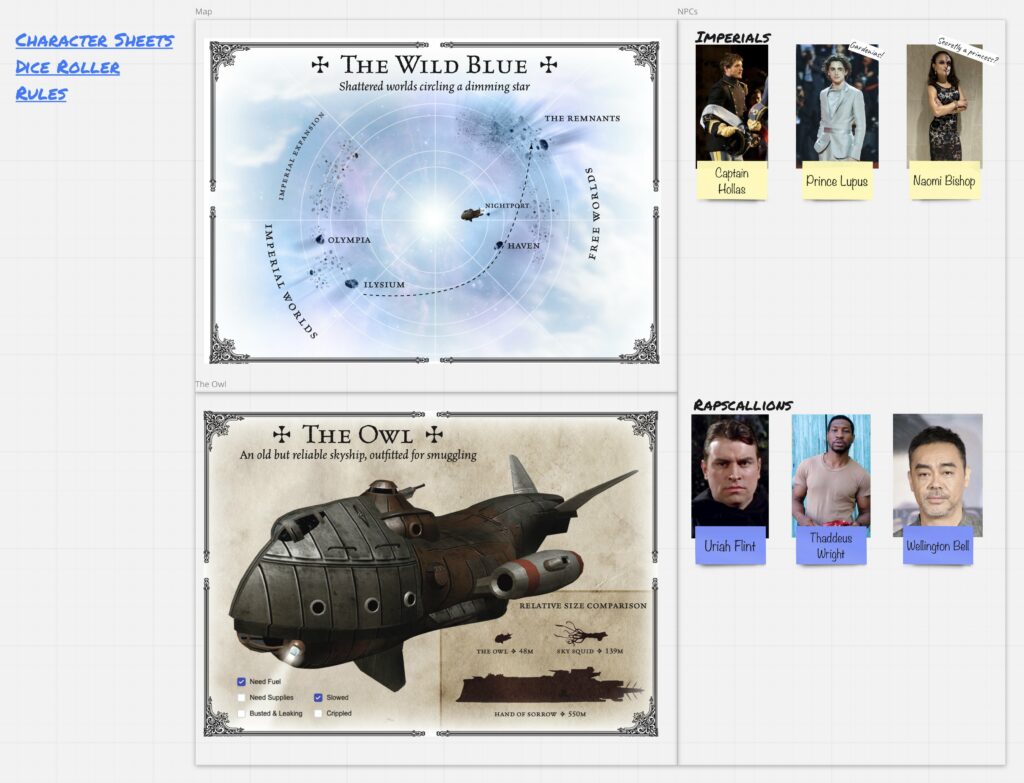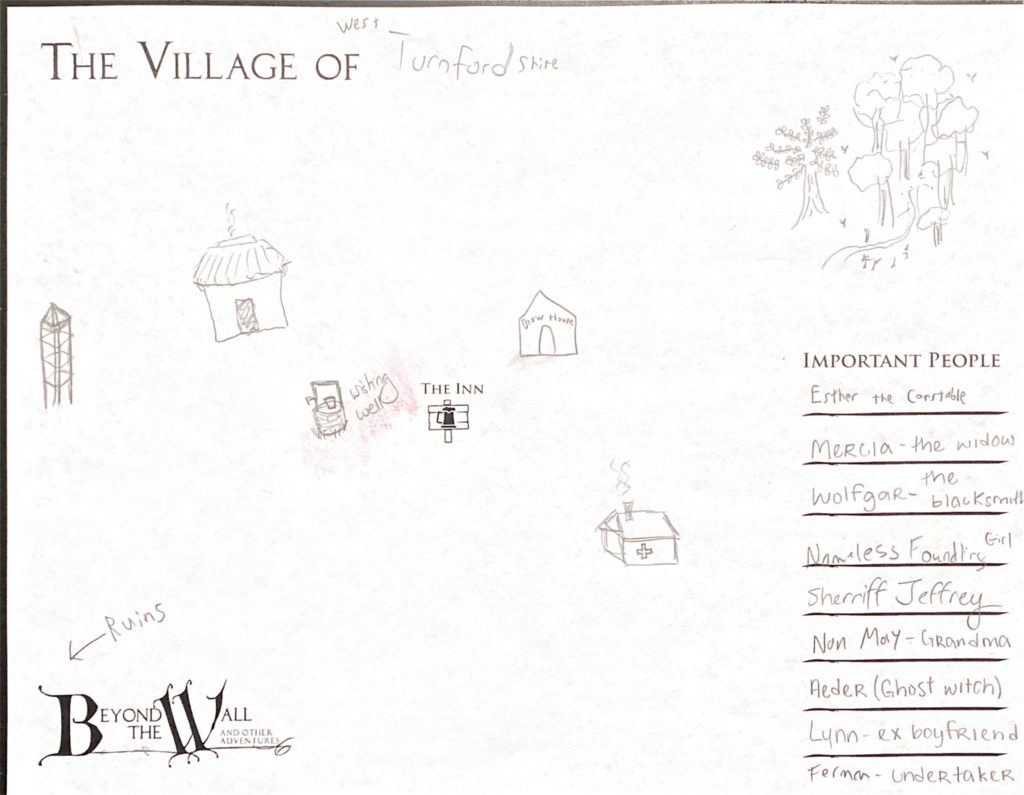LFR Mods
I played everything new for LFR at DDXP except the epic. Brief, non-spoilery thoughts:
The BI had a slightly less interesting story, but I thought it was better structurally. They had one special mission per encounter slot, which only one table could take; when more than one table wanted a given mission, they let the rest of the BI decide who should get it based on a brief speech. The special missions were level-band limited. Also, at the end of the the BI, the Coronal of Myth Drannor awarded unique items to randomly selected players. One of my friends got a special banner, and one got a pumped up version of the Bowstring of Accuracy that allows him to use any bow as a divine or arcane implement. You can give these items away to other players, but you can’t ever get them back.
The BI was fairly tough but not ridiculous. I think they amped it up a bit for the second day, combining two encounters into one. As per expectations, charging into battle was not always the right move. Both days failed one particular encounter, heh.
There were only two specials. While they took place in Myth Drannor and were tightly linked to each other, I didn’t feel like they were super-closely linked to the BI. The paragon one has a ton of replay value and if you do it at APL 18 or 20, you can face off with a pretty big name villain. I played the heroic once and the paragon twice and had a ton of fun both times.
The Elturgard modules were both fun. I was pleased to see that they used the flowchart I sent in after playtesting ELTU 3-1, so if that ever turns out to be useful for you, you’re welcome. I’m getting pretty optimistic about the new story region system.
In general, quite a few adventures had story awards that allow you to buy specific uncommon consumables and so forth; they also seemed to have a lot of bundles of the style “Any uncommon neck slot item of level + X.” So that’s some of how they’re handling the new rarity system.
Oh, and everyone seemed pleased with the epic.
Rumors
New BI at Origins? Maybe!
Heroes of Shadow
I played the HoS preview game, Kalarel’s Revenge; my character was a blackguard, which is a striker paladin build. No mark, lots of ways to burn your own life for extra damage, plus an encounter power that inflicts damage even on a miss and adds ongoing on a hit. Essentials-style character, no attack dailies. Str/Cha. Fun flavor, I liked him. The other characters were some sort of dark cleric, a necromancer with both necromantic and nethermantic powers, an assassin, and something I’m forgetting maybe. I’m sure someone will post the character sheets somewhere.
Also I loved seeing some of the post-Keep on the Shadowfell activity in Nentir Vale. From a roleplay perspective this was great; this module should be made available for download somewhere.
Seminars
I didn’t go to any because I was gaming and someone always liveblogs.
Fortune Cards
I played with some at the Heroes of Shadow game. They were not super-unbalancing with a random selection. However, the rare ones seem to generally give you a floating reroll card when a specific condition is met – stacking a deck with ten of those could be ridiculous and unbalancing. I’m still waiting to see the full card list before I make up my mind either way.
[Crossposted from Population: One; go here for the original post.]


